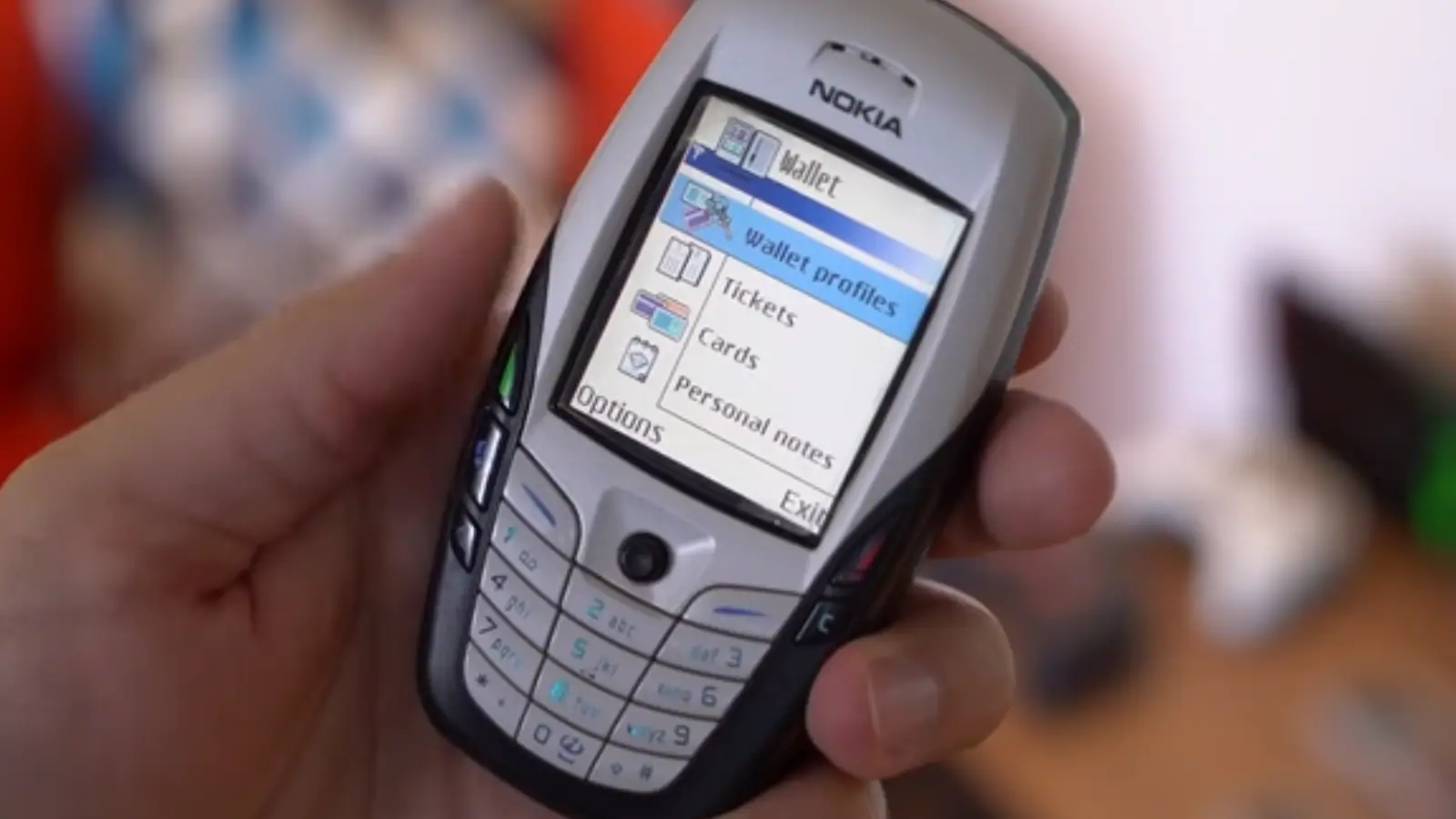Copyright news18

Nokia’s rise and decline in the cellphone industry is a fascinating tale. The Finland-based company was on a generational run at the dawn of the millennium. It became synonymous with durable, indestructible design and the Snake game. 3310, perhaps the most recognisable dumb phone on planet, not only became a cultural phenomenon but it was also widely regarded as a phone that would be found unscathed after being dug up from deep under rubble and rubbish millions of years later during an alien invasion. Those who swear by the Nokia 3310 are convinced that the phone, with an infinite battery glitch, would still power on. Fun activity: Head over to an e-commerce app installed on your smartphone. Type “Nokia” in the search box. The platform will present a bunch of Nokia phones back to you, readily available for purchase. Now look at the price tag of these listed phones. How is Nokia even surviving in the mobile phone market, a space that is largely dominated by flagship smartphones costing north of Rs 80,000? Does Nokia have an endless pit of monies? Or have they gone bankrupt and are unable to keep up with the Apples and Samsungs of the world? Paper Company Contrary to popular belief, Nokia did not start as a phone manufacturing company. The Finnish brand was set up in 1865 as a pulp mill, producing paper, leveraging the abundance of timber around it. The site near the Nokianvirta River inspired the company’s now-iconic name. In the early 1900s, under the leadership of Leo Mechelin, the company ventured into electricity generation and merged with Finnish Rubber Works. The rubber business, headed by Eduard Polón, manufactured boots, tyres, and cables that boosted the industrial growth in Finland. It was a time when Nokia also dived into the world of electronics with computers and televisions. Nokia Corporation In 1967, the merger of Nokia, Kaapelitehdas (a cable factory), and Finnish Rubber Works, uniting pulp, rubber, and cable industries, birthed Nokia Corporation. Nokia’s trajectory was only on the rise. The company’s cable and electronics business thrived, and it began manufacturing communications gear, including mobile radios and telephone switches for the Finnish military. During the Cold War era between the West and the East, Finland’s neutral status enabled Nokia to manufacture respirators for military and medical use. World’s First Car Phone By the 1970s, Nokia became one of the largest manufacturers in the world, enabling it to join hands with Salora. This partnership kick-started Mobira, the company’s radio telephone division. With a new focus on phone and radio technology, Nokia conceived Mobira Senator, the world’s first car phone, in 1987. In the 1990s, Nokia’s new CEO, Jorma Ollila, demonstrated foresight and conviction in establishing the mobile division. Nokia championed the Global System for Mobile Communications (GSM), a digital cellular technology enabling voice calls, SMS, and data transmission, now known as 2G. Then, the unthinkable happened. In 2000, Nokia launched the iconic 3310 phone. Equipped with a green screen, a durable keypad, and a Snake game, the phone became the face of the company and deservedly achieved cult status, which still stands today. It sold, and it sold well. Over 126 million units of the 3310 were sold worldwide, making it one of the best-selling phones in the history of phones. In fact, Nokia’s domination was such that the top five best-selling phones on the planet have three Nokia phones in them, and none of them are smartphones. Launched in 2003, the Nokia 1100 is currently the world’s best-selling phone, with approximately 250 million units sold globally. The Nokia 1110 and Nokia 105 series also rank high, securing the second and fourth spots with 247.5 million and 200 million units sold, respectively. Also Read: Why Apple’s Rs 1780 Polishing Cloth Is Still Relevant In 2025 In case you are wondering, the third and fifth spots in this list belong to Apple. The Cupertino tech giant found incredible success in 2014 and 2015 with its iPhone 6, iPhone 6 Plus, iPhone 6S, and iPhone 6S Plus. Shape & Design Pioneers Nokia established itself as the king of experimentation. Finding success in conventionally “boring” looking phones did not stop Nokia from innovating. Oval to rectangle to swivel to banana to teardrop – you name it, Nokia most definitely had a shape and design of your liking in its long list of quirky and sometimes downright absurd cellphones. Nokia’s expressive design language and experimentation made it extremely popular among the youth. It became a status symbol among the teenagers, who flaunted their easily cycled through colourful, plastic panels that could be put together as easily as they came out during a fall. The company did not shy away from venturing into smartphones, Nseries being their top-of-the-line, premium offerings. Nokia tried its hand at handheld gaming, but the beloved yet niche N-Gage series did not do well in the market, and the Finnish company couldn’t make a space for itself in the gaming market ruled by the likes of Nintendo. Apple And Smartphone Decline Apple entered the smartphone world in 2007 and rewrote history. Steve Jobs’ unveiling of the first iPhone on stage is regarded as one of the most impactful moments in the modern tech world. Apple’s sleek design and revolutionary touchscreen, paired with user-friendly apps, set it apart. Conversely, Android offered an open ecosystem, granting developers the freedom to enhance the operating system. Nokia, meanwhile, struggled in the growing market of smartphones. They did find moderate success with the Nseries, but Symbian, along with Maemo, were operating systems with their own set of limitations, clunky performance, and lack of developer support. Symbian OS, one of the mostly-widely used phone operating systems in the world, had become outdated. Microsoft stepped in 2011 and partnered with Nokia to deliver the Lumia series, equipped with its characteristic Windows operating system. It was a step in the right direction, and the camera modules on Lumia phones reignited enthusiast interest in Nokia. This marriage, however, did not last long as app scarcity doomed it. Current Day Nokia slowly but surely faded from the public eye. The company handed over its handset unit to Microsoft in 2013, which the Bill Gates company eventually shut down in 2016. The company then rebounded in the telecom sector as it partnered with Alcatel-Lucent, a French telecommunications giant, to lead the 5G growth. The same year, HMD Global entered the picture. The Finnish company develops and sells feature phones and smartphones under the Nokia brand. It’s the same company that reimagined and relaunched the iconic 3310 in 2017. It’s worth noting that Nokia remains a cornerstone of Finland’s economy to this day. Crucial to boosting Finland’s GDP, the company reportedly employs around 79,000 people in 2025.



